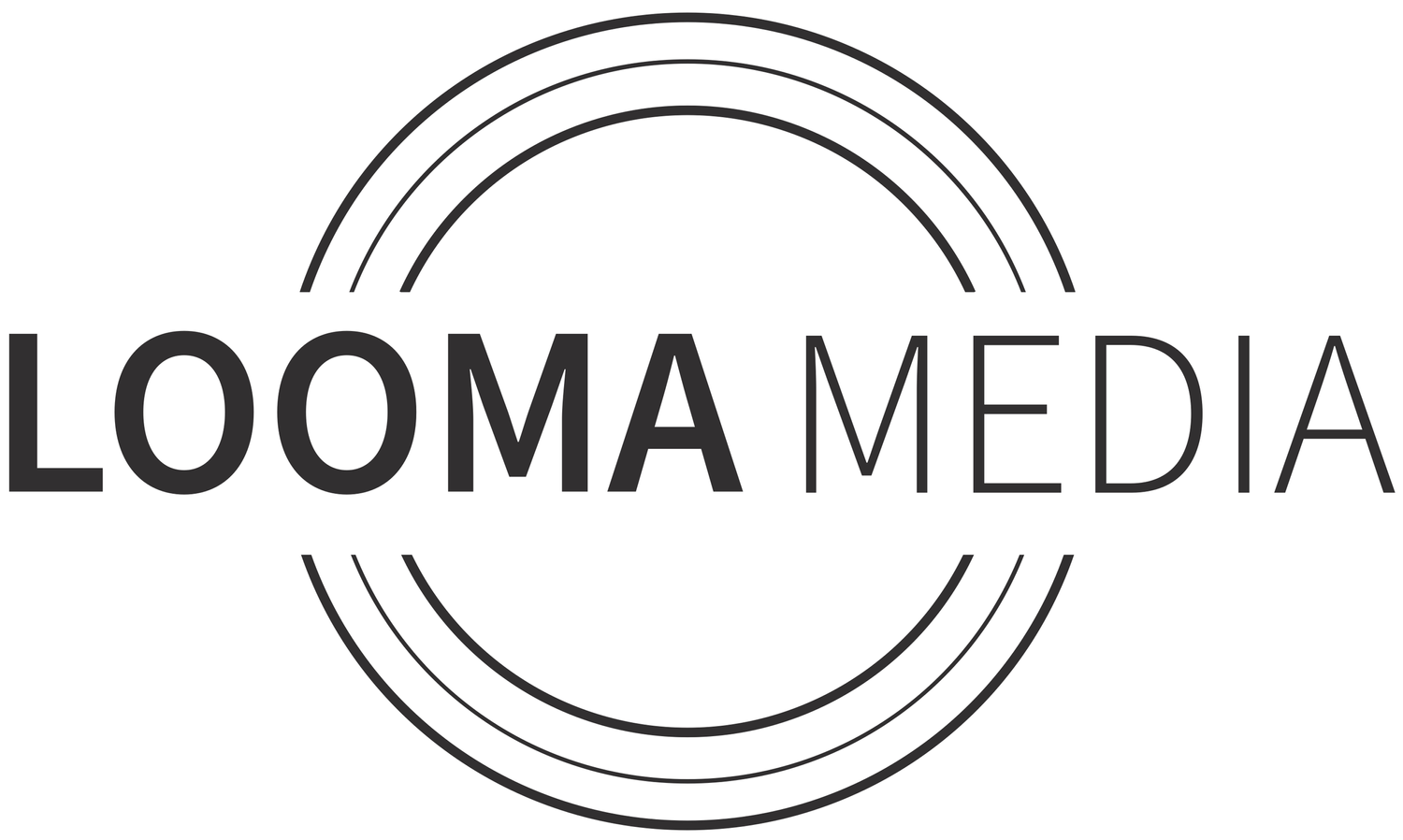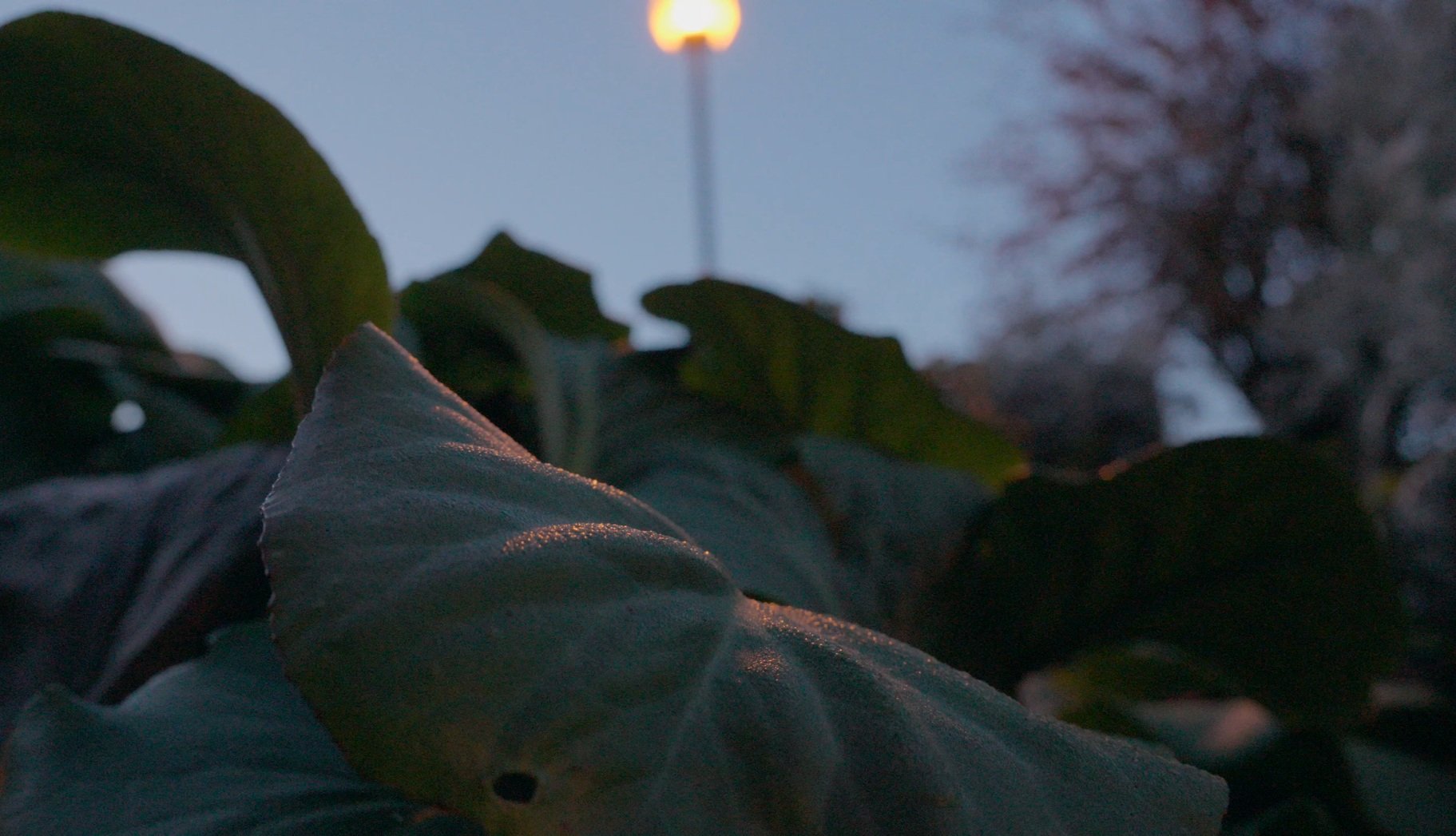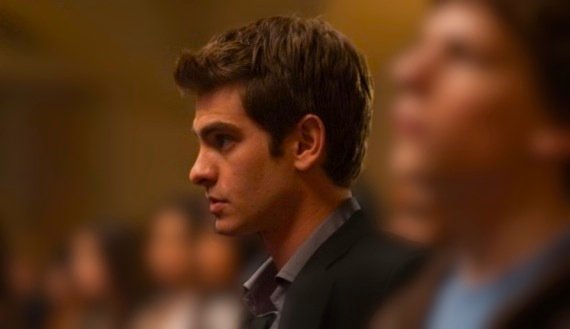Depth of Field: An Essential Guide to it’s Application
Depth of field is probably one of those highly technical, jargon-y terms you’ve heard thrown around a lot when it comes to videography or photography (alongside terms like aperture, focus, prime, ISO, and more). If you’re new to high-end cameras or are looking to transition away from using your phone for videos, learning some key technical terms is vital to your ability to command your new camera with speed and ease.
Depth of field is one of the most important things to know and understand. But it’s not as simple as it sounds.
Understanding Depth of Field
Depth of field – or DOF – is one of the most fundamental concepts in videography, photography, and filmmaking. It shapes the look and feel of your footage more than most people realize, allowing the filmmaker to influence storytelling, help guide viewer attention, and lend a very particular aesthetic to your footage that many won’t notice tangibly. Whether or not you notice it, it shapes the look, feel, and emotional character of every professional or semi-professional video you’re likely to see – even corporate video, commercials, documentaries, and film.
Perhaps most importantly, though, depth of field dramatically influences how professional and credible your video looks. Alongside lighting, mastering depth of field has the power to elevate your production quality significantly, making your video look extraordinarily professional – especially when compared to an average phone video production.
A shallow depth of field shot from The Social Network (2010), which blurs both the foreground and background.
Defining Depth of Field
Simply put, depth of field refers to the distance from your camera where objects appear in focus. Everything outside this range gradually falls out of focus. A shallow depth of field isolates subjects by keeping them in sharp focus while more sharply blurring the background and foreground. A deep depth of field keeps more of the image in focus from the foreground to the background.
Understanding how to manipulate DOF allows you to create emotionally compelling or artistic visuals, direct attention to key subjects, and improve the storytelling capacity of your video content.
You’ll notice in just about any type of video that, during conversations or interviews (or really, any shot that involves a closeup of someone’s face), most filmmakers will use a shallow depth of field, thereby blurring the background and keeping the subject sharply in focus.
On a wider shot – an establishing landscape shot, for example – you’ll notice that everything is likely in equal focus.
There are many, many controllable factors that have the power to influence depth of field. Let’s take a look.
Factors That Influence Depth of Field
Several key factors impact depth of field:
Aperture (F-Stop). Aperture is another key term for helping you understand your camera’s capabilities. Aperture is the opening in a camera lens that controls the amount of light entering the sensor. A wider aperture (lower f-stop, e.g., f/1.8) results in a shallower DOF, while a smaller aperture (higher f-stop, e.g., f/11) creates a deeper DOF.
Focal Length The focal length of a lens also affects depth of field. Longer focal lengths (e.g., 85mm, 135mm) produce a shallower DOF, while wider lenses (e.g., 24mm, 35mm) tend to create a deeper DOF.
Camera-to-Subject Distance The closer the camera is to the subject, the shallower the depth of field. Moving further away increases the DOF and keeps more elements in focus.
Sensor Size Larger camera sensors (such as full-frame sensors) produce a shallower DOF compared to smaller sensors (such as APS-C or Micro Four Thirds). This is why cinematic footage often has a more pronounced background blur than video shot on smaller sensors.
Lens - the type of lens you use has a dramatic effect on your finished product. Good lenses have the capacity to greatly vary their depth of field.
How does that Affect My Corporate Video Project?
Your corporate or professional videos — video business cards, instructional videos, promotions and ads, and even social media videos – require a balance between visual appeal and practical communication. As we’ve already said, depth of field is one of the most key visual cues that your video project is professionally done and not amateurish and cheap.
Our video business card. Notice how the interview uses a shallow depth of field, which is standard for interview footage, while the b-roll portions of the video use a combination of shallow and deep DOF’s.
For interviews and talking heads, for example, a shallow depth of field is vital to helping separate the speaker from the background. That same often goes for product ads, helping viewers keep focus on the product (and nothing else!) while also giving the video – and your product – a premium, high-end feel. Even for things like event coverage and sports videos, the prudent use of shallow vs deep depth of field is key to shooting and editing a high-quality product.
The most important thing to remember? Your audience will associate the quality of your video with the quality of your business. If your video uses depth of field to its advantage, your video will make you look great.
It’s standard for interviews (or conversational closeups) to be shot with a shallow depth of field, such as this frame from The Last Dance (2020)
Getting Creative
Beyond technical considerations, depth of field is a powerful tool for filmmakers and auteurs to exercise their creative muscles. A good scenic opening sequence from a movie or show, for example, well often set the tone for your movie, which is affected by your chosen mix of depth of field. The contrast between shallow and deep generates and helps establish tone ; a sequence that sticks to wide shots may suggest a more straightforward, matter-of-fact approach to storytelling, while a sequence that only uses closeups with a shallow depth of field might feel tense and claustrophobic.
The opening sequence from the movie No Country for Old Men (2007) exclusively uses wide-angle, deep depth of field landscape shots to introduce it’s setting and tone. This introduces the straightforward, often-blunt narrative style of the movie.
This opening scene from El Camino (2019) sets its focus on the background instead of the foreground during a conversation — until the character finally turns his head toward the camera.
How Can We Help?
This is the last time we’ll say it: depth of field is one of the most vital features that makes your video look professional. Mastering DOF is essential for producing high-quality corporate videos, and by understanding how aperture, focal length, distance, and sensor size affect DOF, you can make informed creative decisions to take your storytelling to the next level.
If you’re interested in having a professional video produced, please get in touch! We’d love to help you make your next video project look amazing.







